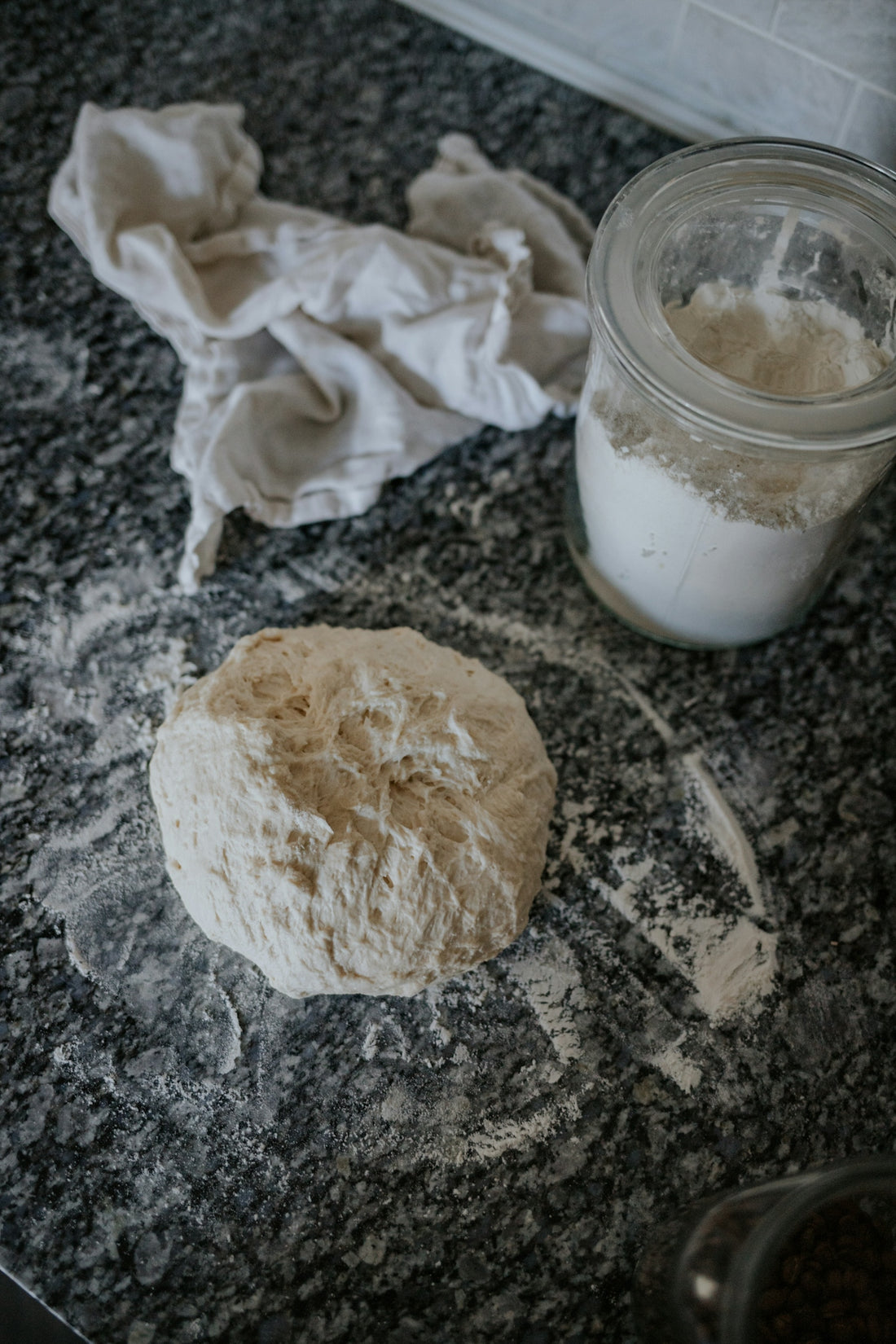
Is Sourdough Starter Better Than Yeast? A Comparative Analysis
If you're an avid bread baker or just a curious food enthusiast, you've likely come across the ongoing debate: is sourdough starter better than yeast? Both have their places in the realm of baking, yet they offer distinctly different outcomes in flavor, texture, and nutritional benefits. In this comprehensive analysis, we will explore the advantages and potential drawbacks of using a sourdough starter over conventional yeast, providing you with everything you need to know to make an informed choice for your baking adventures.
Understanding Sourdough Starter and Yeast
What is a Sourdough Starter?
A sourdough starter is a fermented mixture of flour and water housing a community of wild yeast and lactic acid bacteria. This culture grows naturally, capturing microorganisms from the surrounding environment. The result is a rich, tangy aroma and flavor profile that brings unique characteristics to homemade sourdough bread.
Sourdough Fermentation Benefits
The benefits of sourdough fermentation extend beyond taste. This traditional technique promotes a slow fermentation process, which can enhance nutrient absorption and improve digestion. Due to its low glycemic index, sourdough is often recommended for diabetics as an alternative to regular bread.
What is Yeast?
In contrast, yeast used in baking is typically a strain of Saccharomyces cerevisiae, available in dry or fresh cake form. Yeast acts quickly to leaven bread, making it a convenient option for bakers looking to save time.
Comparing Sourdough Starter and Yeast: Key Differences
1. Flavor Profile:
- Sourdough Starter: Produces a nuanced, tangy flavor resulting from the lactic acid bacteria's fermentation.
- Yeast: Offers a consistent, straightforward taste lacking the complexity of a wild yeast fermentation.
2. Texture and Crust:
- Sourdough Starter: Known for its firm and chewy crumb with a crispy sourdough crust.
- Yeast: Typically results in a softer crumb and a more uniform texture.
3. Health Benefits:
- Sourdough Starter: Contains prebiotics and probiotics promoting gut health. The extended fermentation reduces phytates, making nutrients more bioavailable.
- Yeast: Does not provide the same fermentation benefits and enzyme breakdown found in sourdough.
4. Time Commitment:
- Sourdough Starter: Requires time and maintenance, including how to feed sourdough starter and maintaining a sourdough starter feeding schedule.
- Yeast: Quicker and more convenient for busy schedules.
The Art of Sourdough: Homesteading and Legacy
Many bakers revel in the journey of creating isolated, personalized cultures. A sourdough starter with a long legacy carries history and tradition, enriching the baking experience.
How to Feed and Maintain Your Sourdough Starter
To maintain a healthy starter, it is crucial to adhere to a consistent feeding schedule. How to feed your sourdough starter includes equal parts of flour and water, typically every 12-24 hours depending on room temperature. For those wondering how to store sourdough starter, refrigeration can slow down the fermentation process if you're not baking daily.
Sourdough Starter Troubleshooting
Enthusiasts often encounter issues. Common sourdough starter troubleshooting includes tackling an inactive starter, off-putting smells, or contamination. Don't despair—it’s all part of the learning curve.
Baking with Sourdough: Tips and Tools
The process of learning how to bake sourdough bread can be fulfilling yet challenging. Here are a few sourdough baking tips to elevate your artisan bread baking skills:
Essential Tools for Sourdough Baking
Dough Scoring
For precise scoring, try the Bread Lame Dough Score Cutting Tools. Scoring is key for developing the best sourdough scoring techniques and creating beautiful, open crumbs.
Fermentation Baskets
The Oval/Round Bread Rattan Fermentation Basket is perfect for holding the shape during proofing, an invaluable tool for both novice and experienced bakers.
Baking Surfaces
Gain an even bake with the 12Inch Ceramic Pizza Stone, enhancing your sourdough pizza dough and bread cooking experience.
Easy Sourdough Bread Recipes
New bakers can start with an easy sourdough bread recipe:
Ingredients:
- 500g bread flour
- 300g water
- 150g sourdough starter
- 10g salt
Method:
- Mix the starter, water, and flour until combined. Let it autolyse for 30 minutes.
- Add salt, then knead until the dough is smooth.
- Proof in a rattan basket until doubled.
- Preheat oven to 230°C, bake with steam for a crispy crust.
Conclusion: Is Sourdough the Way to Go?
In the debate of sourdough starter vs yeast, the best choice largely depends on your baking goals. For those who cherish rich flavors and health benefits, investing time in nurturing a sourdough life has unmatched rewards. On the other hand, conventional yeast offers speed and consistency.
Ultimately, both methods can yield delectable results. Whether you prefer sourdough for diabetics, crafting sourdough bagels, or exploring sourdough versus regular bread, the rewarding journey awaits. Discover the array of possibilities and reclaim the art of baking with Italian Sourdough, your trusted companion in artisan bread baking.
Happy Baking!
